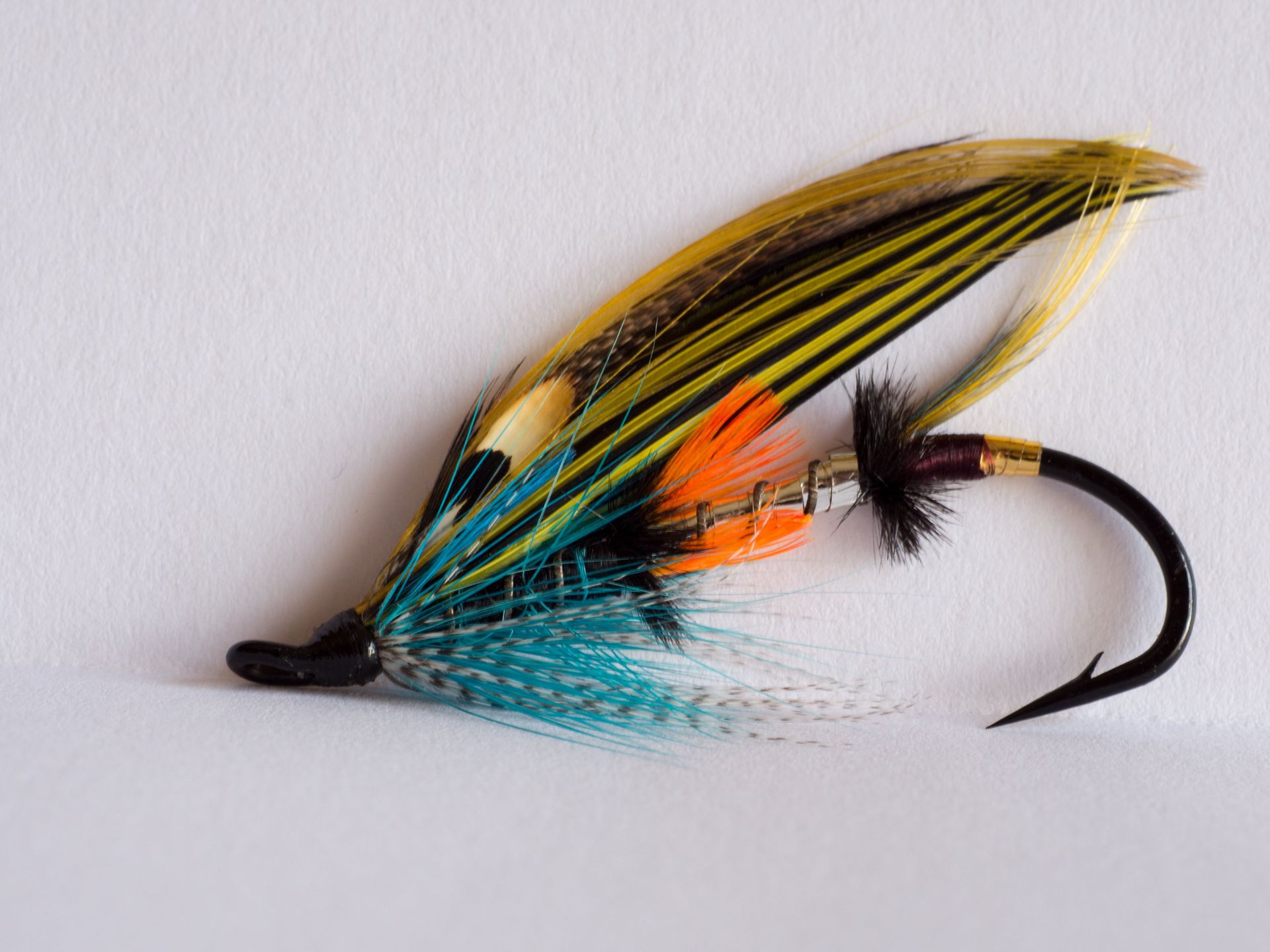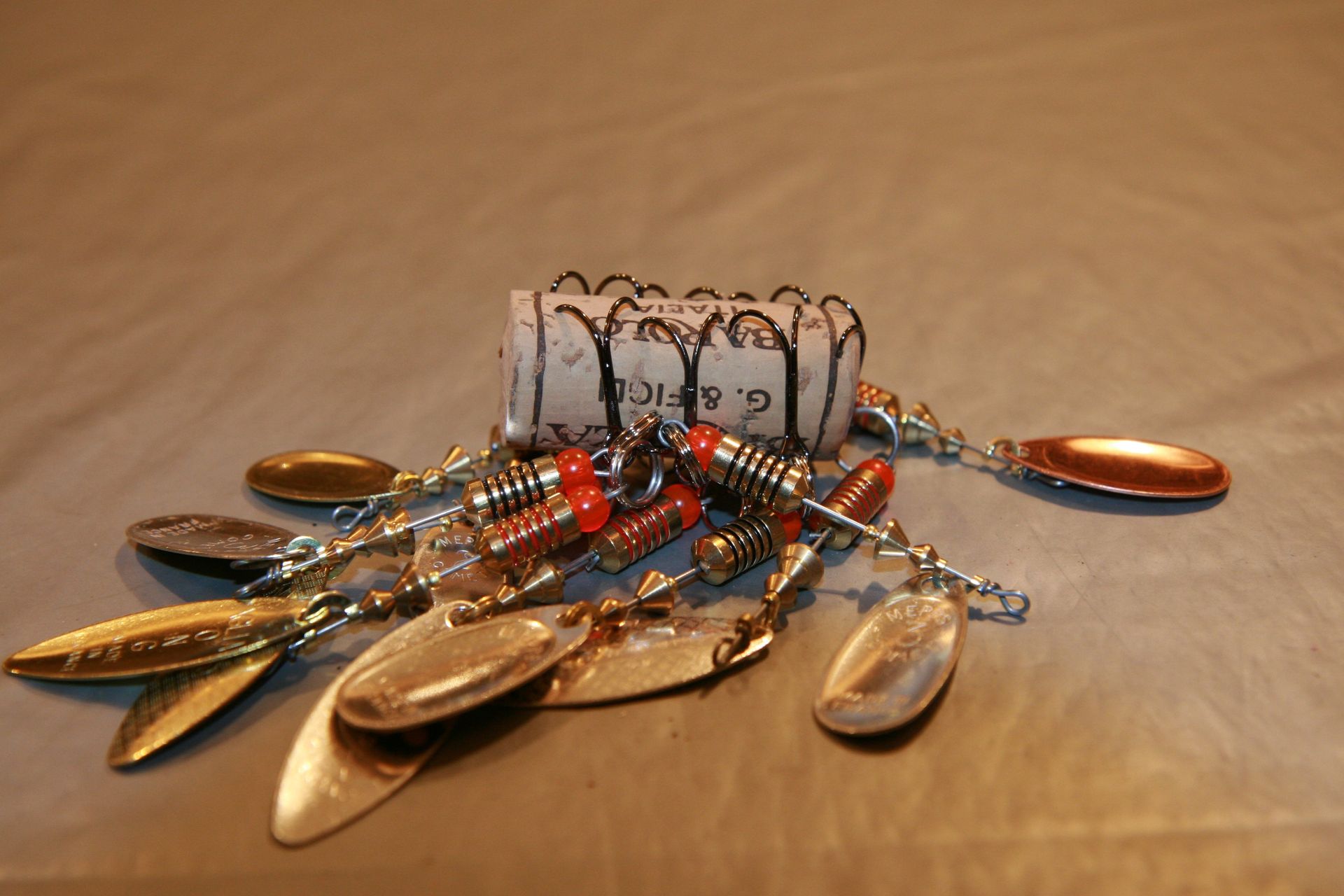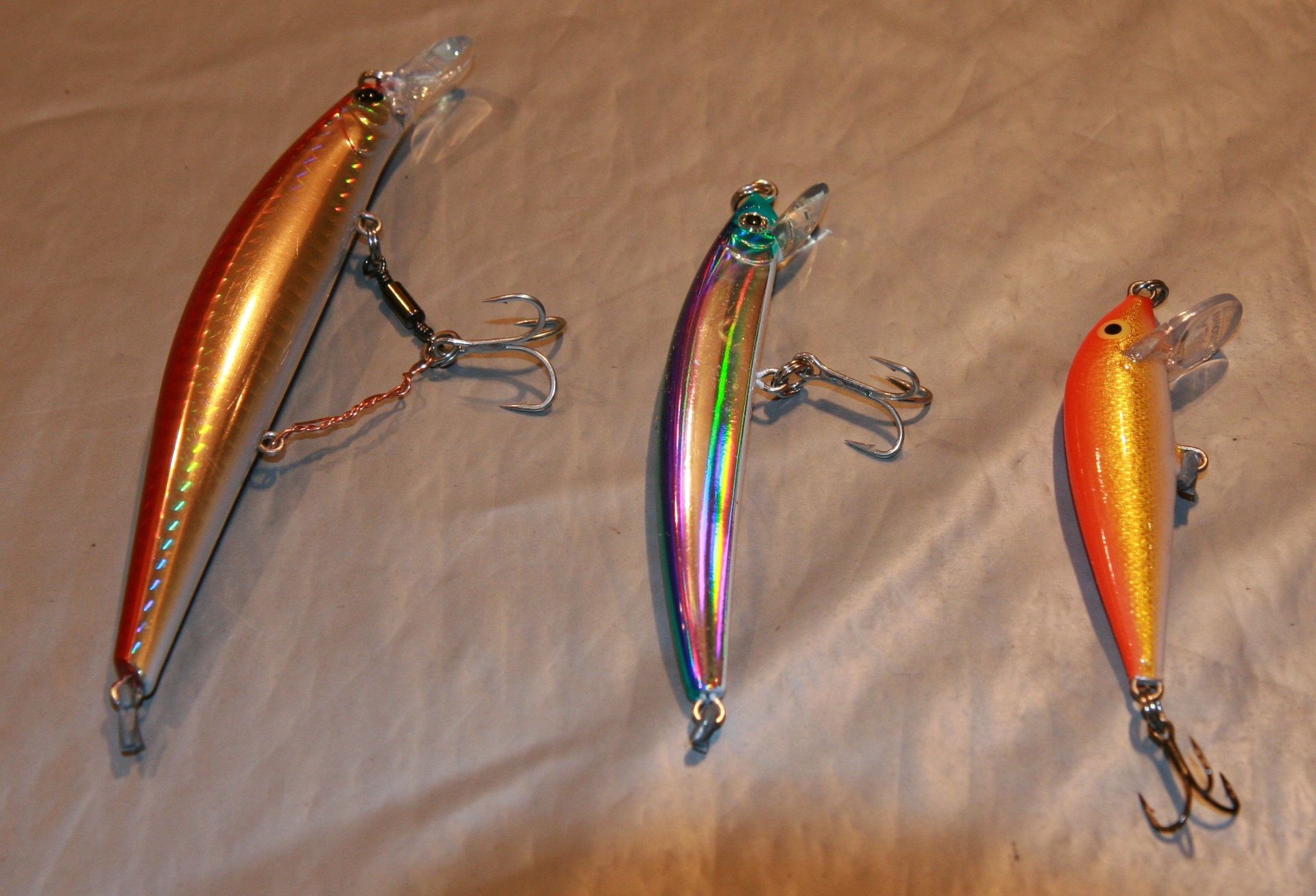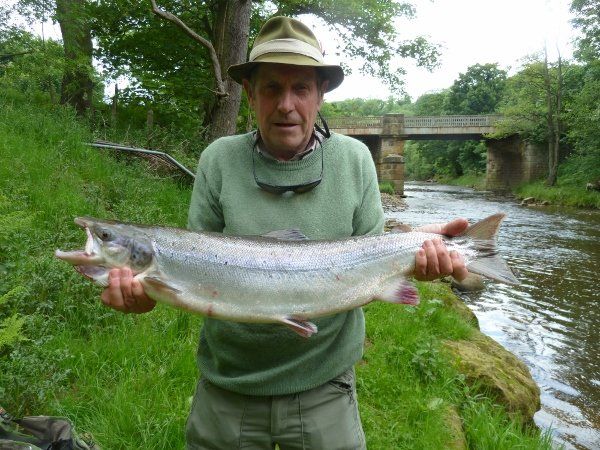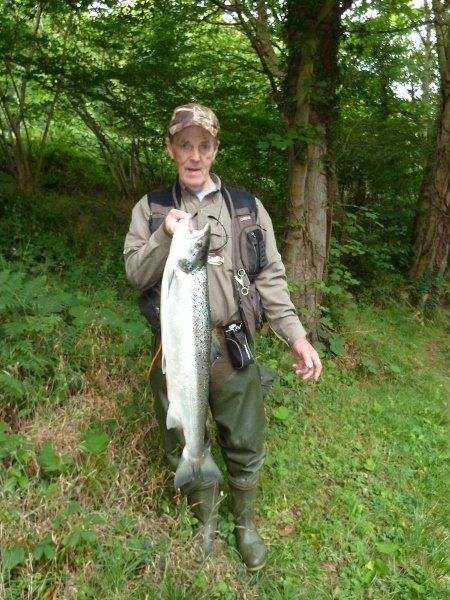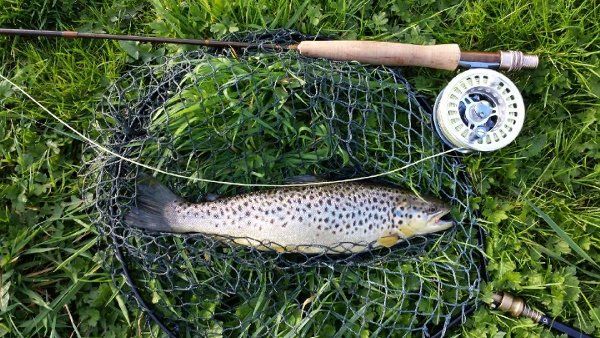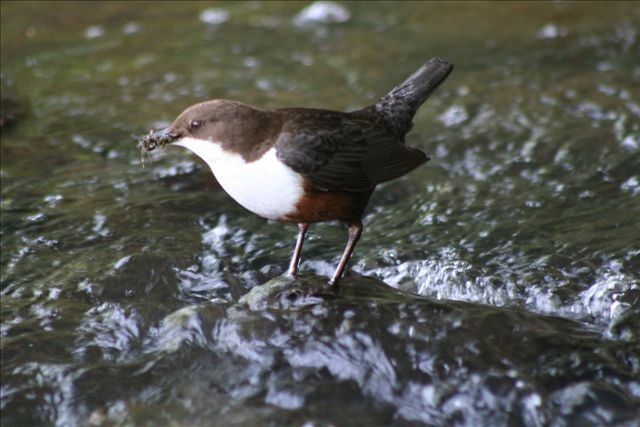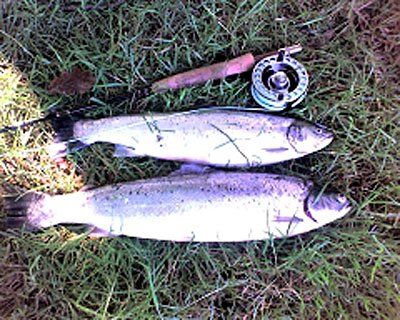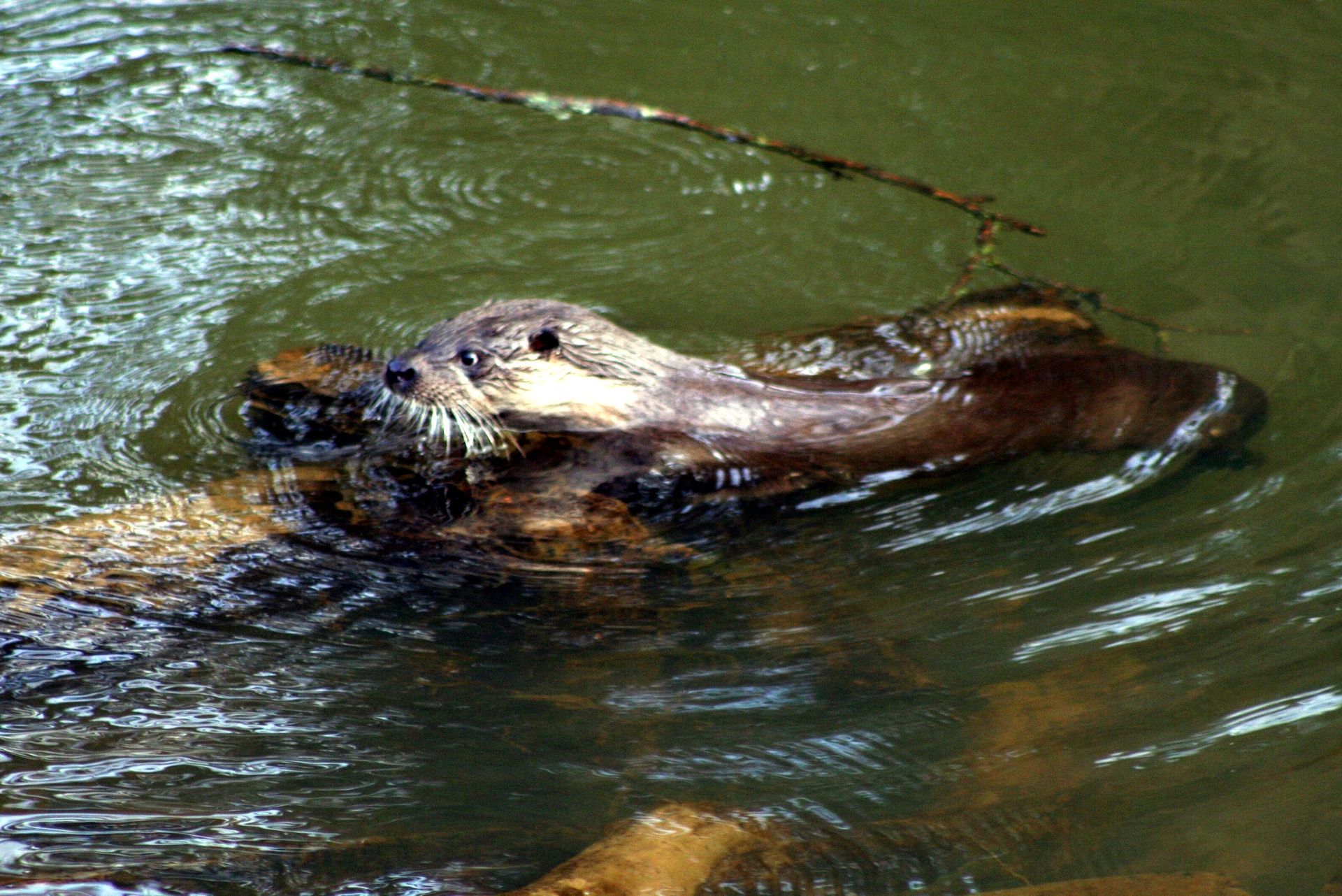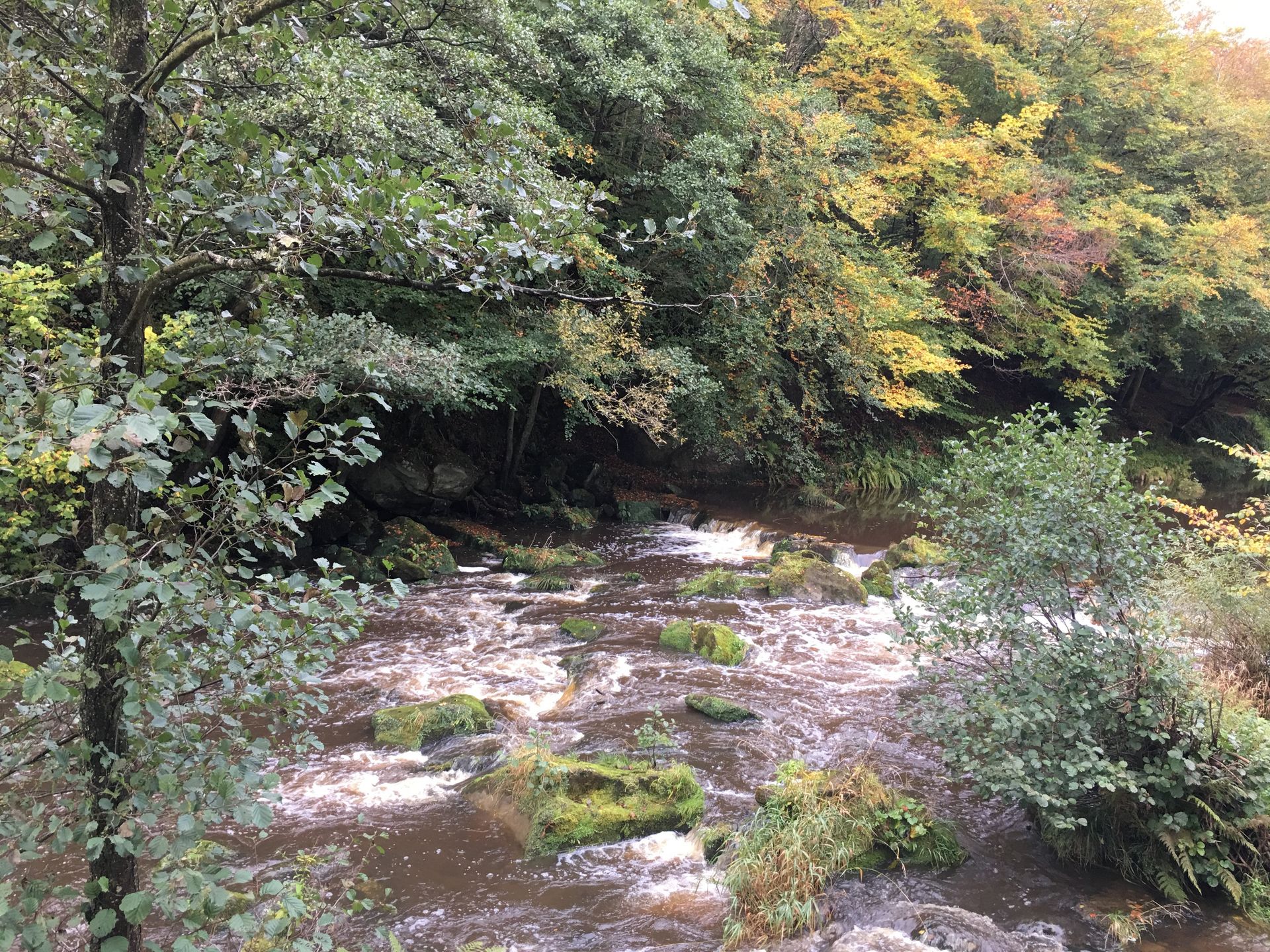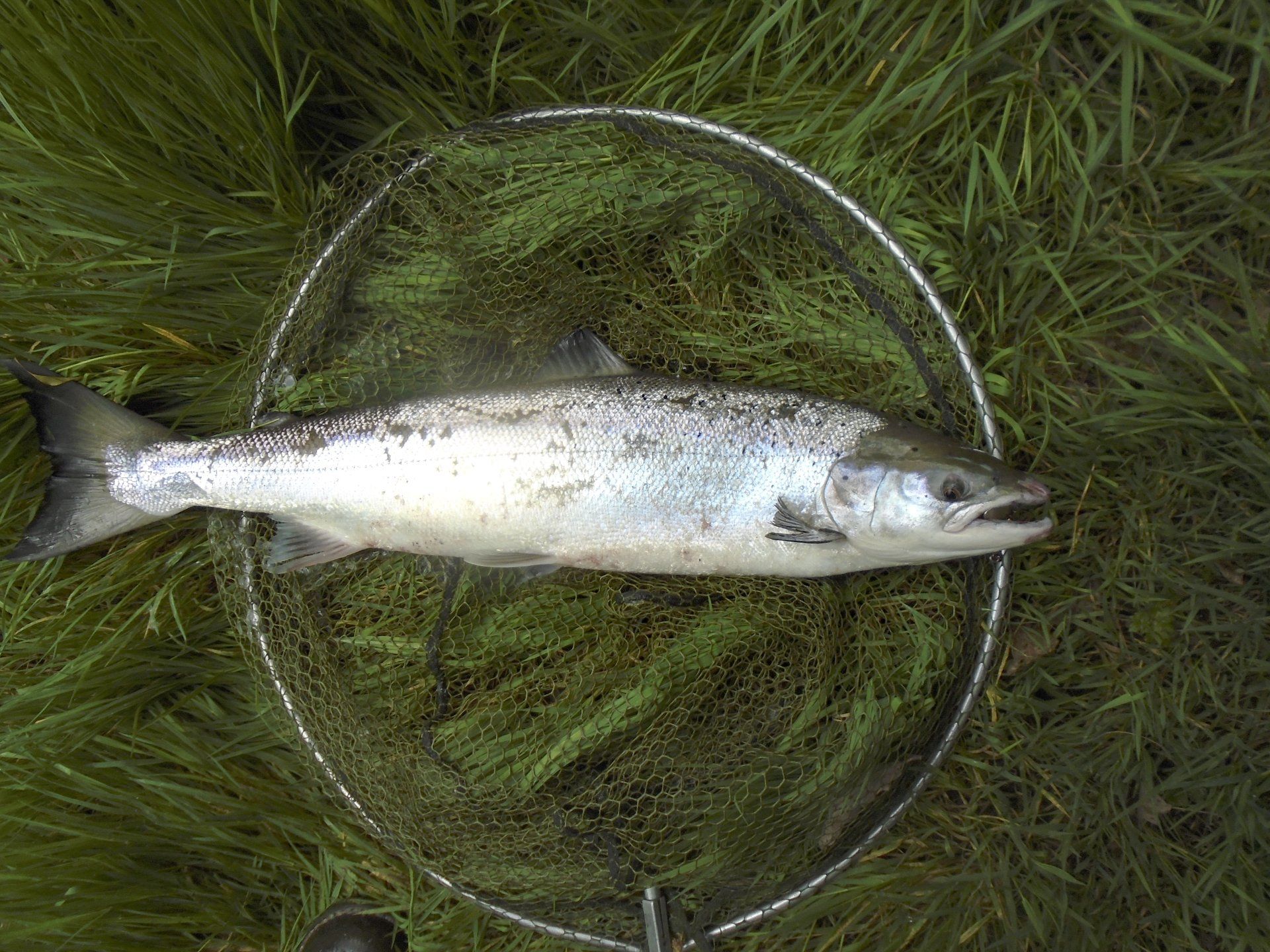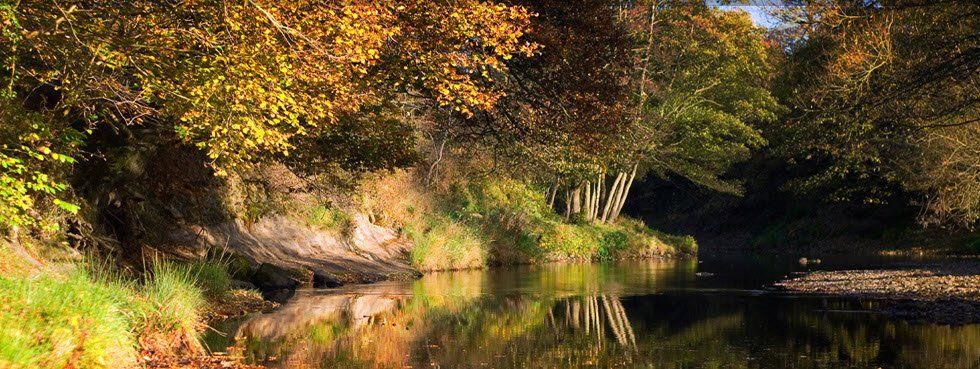
Fishing tips
Fish Welfare
Maximise the chances of a returned fish thriving: there are some simple rules that help increase the survival rates of returned fish:
- use barbless hooks and hooks with fewer points (doubles are better than trebles, singles better than doubles)
- when worming be careful not to allow the fish to chew the worm for long (to minimise the danger of deep hooking)
- play the fish quickly, do not completely tire it out
- if you can, do not use a net, beach a fish or get hold of it, just reach down and remove the hook while the fish is still in the water, preferably using pliers (particularly if you are using a double or treble hook)
- wet your hands before touching a fish - and wet your net thoroughly before using it
- minimise the time the fish spends out of water
- do not put the fish down on anything dry/abrasive (gravel, brambles, etc)
- do not touch the fish's gills or squeeze it too hard, particularly about its guts (and do not suspend it from its gills or hold it up by its tail - both of these approaches are damaging)
- put the fish back in the water gently, do not drop it in from the top of a bank (if you cannot reach, put the fish back in your net and return it that way)
- if a fish turns over on being returned, right it, point its head into the current and keep it upright until is it strong enough to swim off
- in light of the previous point, return your fish in a place where you can help the fish if it is too tired to swim off immediately
Alternatively, look at this video .
How to take a photo:
- first, think whether you really need a photo? Delay in returning fish decreases their chances of survival significantly
- consider taking the photo with the fish in the shallows, without removing the fish from the water (to minimise handling the fish); avoid keeping it in shallows where it might damage itself
- if you do remove the fish from water
- get everything ready first and remove the fish for the shortest possible time
- wet your hands before touching the fish
- do not squeeze the fish, particularly on or behind its gills or over its guts - it is easy to inadvertently squeeze a fish too firmly
- do not "hang" the fish by its gills or tail
- do one photo, not multiple poses
Minimise the risk of crayfish/disease/invasive species infecting our river:
Always:
- check your kit (especially nets, boots and waders) for bugs, seeds, eggs, etc
- clean your kit
- dry your kit thoroughly
These steps are particularly important if you have been fishing on a different river, or low down the Esk and especially if you have been abroad.
- Yellow flying Cs in coloured water
- Small flying Cs (7g)
- Silver and red colour combinations
- Black Fury Mepps (black and gold)
- Mepps because their blades are active all the time (although some of us do not like the quality of their hooks)
